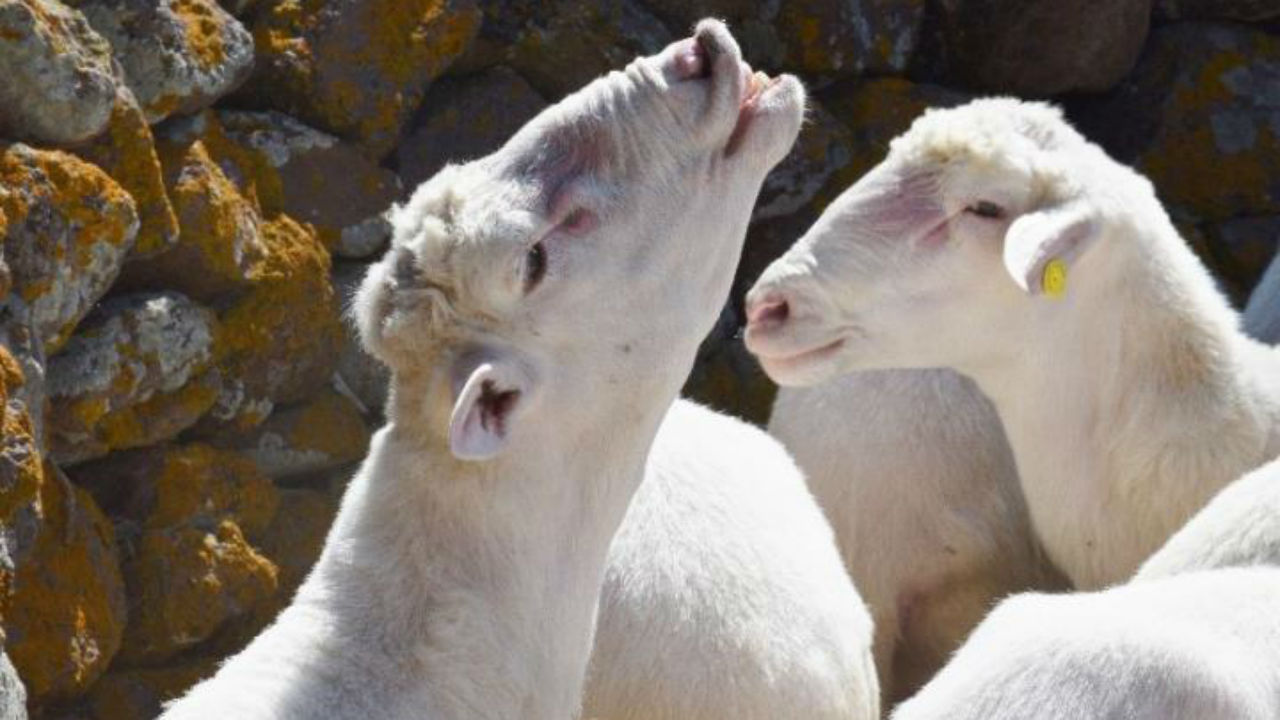Table of Contents
What Is Bluetongue Disease?
Bluetongue disease, a viral illness that primarily affects ruminants, is a significant concern in the world of veterinary medicine and agriculture. It is caused by the Bluetongue virus (BTV), a member of the Orbivirus genus and is transmitted mainly through the bite of infected Culicoides biting midges. This article will explore the various aspects of Bluetongue disease, from its causes and symptoms to prevention, impact on the livestock industry, and recent advancements in its management.
Understanding Bluetongue
Bluetongue disease gets its name from one of its characteristic symptoms – the blue-tinged tongue observed in infected animals. While this blue tongue is a telltale sign, it’s not the only symptom of the disease. It can affect a wide range of ruminant species, including sheep, goats, cattle, and deer.
What causes bluetongue disease?
This disease is primarily caused by the Bluetongue virus (BTV), a member of the Orbivirus genus. The virus is transmitted through the bite of infected Culicoides biting midges, tiny insects that become carriers of the virus when they feed on the blood of an infected animal.
Once the midges are infected, they can then transmit the virus to other animals during subsequent feedings. This mode of transmission makes Culicoides midges the primary vectors for Bluetongue, and their prevalence in certain regions and during specific weather conditions can influence the disease’s occurrence. Understanding the causes and transmission of Bluetongue is crucial for implementing effective control and prevention measures in the livestock industry.
Culicoides Biting Midges
Culicoides midges are prevalent in many regions, and their activity often increases during warm, humid weather conditions. This makes it more common in certain areas and during specific seasons. Understanding the midges’ behavior and distribution is crucial for managing the disease effectively.
Symptoms
The symptoms of Bluetongue disease can vary, but some common clinical signs in livestock include:
– Fever
– Swelling of the head and neck
– Nasal discharge
– Ulcers in the mouth and lips
– Lameness
– Drooling
– Difficulty swallowing
The severity of these symptoms can vary, with some infected animals showing mild signs while others experience more severe clinical manifestations.
Prevention and Control
Preventing and controlling Bluetongue is essential for the well-being of livestock and the economic stability of the livestock industry. There are several measures in place to achieve this:
Vaccination and Biosecurity Measures
Vaccination is a key tool in preventing Bluetongue. Different vaccines are available, and their use depends on the specific strain of the virus and the region’s prevalence. Implementing biosecurity measures, such as reducing exposure to midges and avoiding the movement of infected animals, also plays a crucial role in disease control.
Impact on Livestock Industry
Bluetongue disease can have significant economic consequences for the livestock industry. Infected animals may suffer from reduced productivity, and the restrictions on the movement of livestock in affected areas can disrupt trade and increase costs.
Bluetongue Disease Worldwide
Bluetongue is a global concern. While it was initially limited to certain regions, globalization and climate change have expanded the disease’s geographical range. Monitoring and managing Bluetongue is a shared responsibility among countries and regions.
Research and Advancements
Ongoing research is essential for understanding Bluetongue and finding more effective ways to prevent and manage the disease. Scientists are continually studying the virus, its vectors, and potential new control methods.
Diagnosis
Diagnosing Bluetongue disease is crucial for timely intervention. Laboratory testing, including PCR and serological methods, is commonly used to confirm the presence of the virus in infected animals.
Treatment
There is no specific treatment for Bluetongue, and management primarily focuses on supportive care for infected animals. This includes providing fluids, nutritional support, and pain relief when necessary.
Conclusion
Bluetongue disease is a significant concern in the livestock industry, affecting various ruminant species and causing economic repercussions. Understanding its causes, symptoms, prevention, and control measures is vital for both veterinarians and livestock producers. Ongoing research and advancements continue to improve our ability to manage this disease effectively.
Frequently Asked Questions (FAQs)
1. Can Bluetongue disease affect humans?
No, Bluetongue disease primarily affects ruminant animals and is not known to infect humans.
2. What are the common clinical signs of Bluetongue in livestock?
Common signs include fever, swelling, nasal discharge, mouth ulcers, lameness, and drooling.
3. How is Bluetongue disease transmitted?
Bluetongue is primarily transmitted through the bite of infected Culicoides biting midges.
4. Are there vaccines available for Bluetongue prevention?
Yes, there are vaccines for Bluetongue, and their use depends on the specific virus strain and region.
5. What economic impact does Bluetongue have on the livestock industry?
Bluetongue can lead to reduced productivity and trade disruptions, affecting the livestock industry’s economic stability.
In this article, we’ve explored the various aspects of Bluetongue disease, from its causes and transmission to its impact on the livestock industry and ongoing research. Understanding and managing this disease is crucial for safeguarding the health and well-being of ruminant animals and the livestock industry as a whole.





